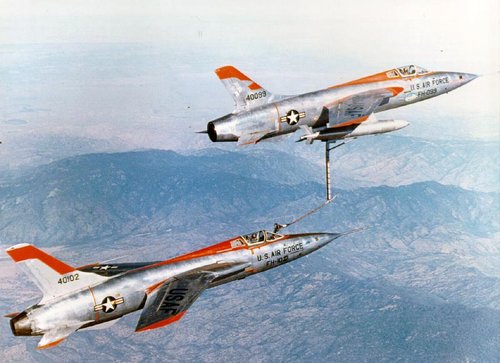Wow!
For once, Hanlon's Razor was wrong!
"When forced to blame a mistake on malice or stupidity, opt for stupidity first."
Those dastardly French communists sabotaged their own country!
It was hard to believe that French industrialists were that stupid.
No no no. Deltafan is correct.
The real story, the truth, is even more weird.
Basically
1939-40 French aircraft were crippled by innumerable issues. Silly things like, no propellers, no bomb sights, no radios, and defective engines.
Why that ? Because airframe builders were paid for
the number of airframes they churned out of their plants, every month.
What went wrong ? well, the airframe manufacteurs, and the air ministry above them, were
unable to shake propellers, radios, bombsights and engine manufacturers a) for their products to work properly and b) crucially,
for their production and deliveries to match airframe builders.
This meant that airframes got out of the factory "naked" - bombsights ? propellers ? radios ? NOT MY PROBLEM ANYMORE. I DID MY JOB, AIRFRAME IS DELIVERED.
Typical criminally dumb mistake: the propeller industry was so bad, aircraft were ferried from industry to combat units with wooden, two blade propellers, SPAD 1918 style.
But hey, the airframe manufacturer did not cared as long as the freakkin' airframe cleared his plant and he could told the Air Ministry "I delivered the goods." Dang.
As for the engines, the issue was different: Gnome&Rhone (the 14 A / B / M / N / R series) bosses were greedy pigs, really, who only cared about money and not about delivering functional engines.
Hispano Suiza (12Y) was hardly better.
Now you guess, French pilots were COMPLETELY enraged by fighting and dying with such crippled aircraft.
When they got complete D-520s (with sights, radios and the correct propeller, a damn miracle that usually took two weeks, even in May 1940), it was the 12Y that did not functioned properly.
But those enraged pilots simply couldn't imagine that
the industry was THAT CRIMINALLY DUMB. See above.
So instead a couple of myths sprung to explain all those issues - remember, conspiracy theories ? "Never attribute to malice that which is adequately explained by stupidity "
Conspiracionists are explaining STUPIDITY by MALICE.
For example, the 9-11-2001.
Just think about it: The Mighty United States, with the most powerful armies in the world, prepared against every single possible threat in the entire universe and history - were successfully attacked and got 3000 people killed by 19 bearded, illiterate SOBs without even a firearm: just knifes and cutters.
That sounds so impossible, so unreal (even 20 years later) conspiracionists simply can't accept THAT truth. And instead they prefers the "conspiracy explanation" because it more reassuring to them. "those 19 SOBs defeated us, somewhat, but it was an inside job, otherwise, they couldn't do it alone."
Well, France 1940 collapse is our 9-11: to people at the time, it was an unexplainable collapse. Don't laugh, with perfect hindsight, it seems laughable but by spring 1940 they just didn't understood what the frack was happening. See Gamelin Huntziger, Reynaud, so many others.
So just like the "9-11 truthers" they took the "reassuring conspiracy option" and claimed "it was an inside job ! Some traitors sabotaged us, stabbed us in the back."
Remarquably, in this case there were two opposite "culprits"
Culprit 1
The german 5th column : Abwher agents had infiltrated french aviation plants to sabotage.
Culprit 2
Communist traitors - as explained by Deltafan.
But make no mistake: BOTH EXPLANATIONS ARE MYTHS. The reality was that French aviation industry and ministry were arseholes (sorry for the crude word, but frack, they really were. Criminal ones).
So
https://en.wikipedia.org/wiki/Hanlon's_razor - as you said, except don't blame NON existing communists or abwher agents.
Fundamentally, the french aircraft industry short herself
ALONE in the foot.
"Never attribute to malice that which is adequately explained by stupidity"
And that's the crux of the matter: late 30's France had colossal amount of stupidity. If you don't believe believe me, try browsing Maurice Gamelin.
I can tell you, with Gamelins everywhere, there is no need for a conspiracy to sink 1940 France. Sheer stupidity did the job.
Here is a startling example of that complacency...
General Charles Huntziger, in command of the French 2nd Army, guarding the Ardennes ( to be soon anihilated by 7 German panzer divisions, right there)
May 7, 1940 - what did he declared ? "It just beyond me, that somebody can even remotely think the German armies could attack in the Ardennes sector."
Such an inspired luminary !
Enough said...

